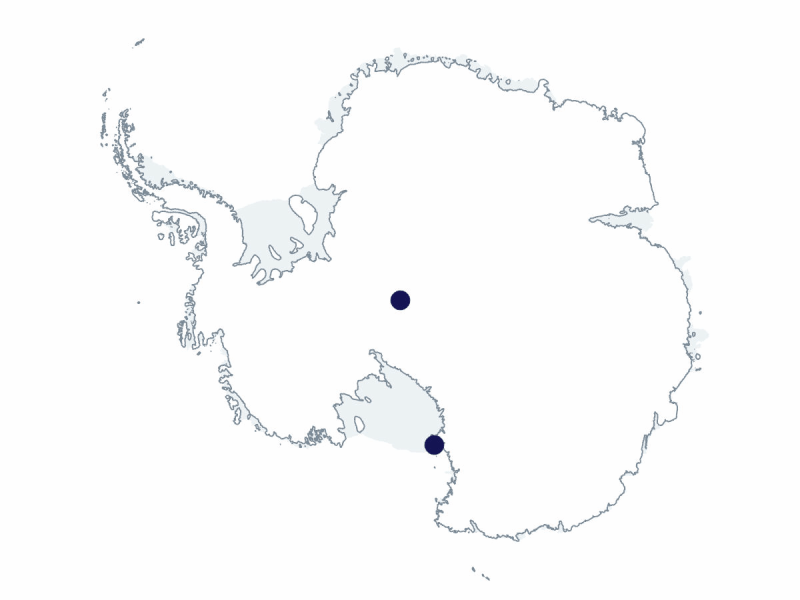2024-2025 USAP Field Season
Project Detail Project TitleAntarctic SuperDARN research, operations, and system enhancements Summary
Event Number:
Program Director:
ASC POC/Implementer: Principal Investigator(s)
Dr. William Bristow
Project Web Site: Location
Supporting Stations: McMurdo Station, South Pole Station DescriptionThe Super Dual Auroral Radar Network (SuperDARN) is a global, international radar network of 32 installations observing high-frequency (HF) bands between eight and 22 MHz. These systems help answer questions about the geomagnetic conjugacy of global magnetic storms and substorms, and the differences in ionospheric plasma convection caused by the asymmetry of solar illumination in both hemispheres. The SuperDARN network can observe global-scale convection with excellent temporal and spatial resolution, which makes it a powerful tool for ground-based research, enabling scientists to address fundamental and important questions of space physics. The data it acquires are also relevant to space-weather studies, and they enhance the usefulness of data from other instruments. Field Season OverviewTwo participants will deploy to South Pole Station and McMurdo Station for equipment maintenance and upgrades. At McMurdo Station, it is anticipated that any damage from over the winter will be repaired, and additional mid-mast guying, to reduce future wind-induced damage, will be completed. In addition, at both stations, minor modifications to the transmitters and other minor annual maintenance will be undertaken within the limits of deployment time. Otherwise, the systems will continue to operate autonomously, year-round, via remote monitoring and control, aided by on-site support provided by Antarctic Support Contract staff and other station infrastructure (e.g., IT network, station services) as needed. Deploying Team Members
|
2024-2025 Science Planning Summary



For USAP Participants |
For The Public |
For Researchers and EducatorsContact UsU.S. National Science FoundationOffice of Polar Programs Geosciences Directorate 2415 Eisenhower Avenue, Suite W7100 Alexandria, VA 22314 Sign up for the NSF Office of Polar Programs newsletter and events. Feedback Form |



